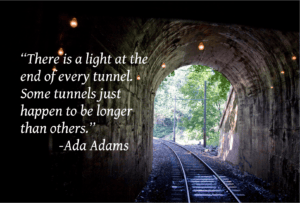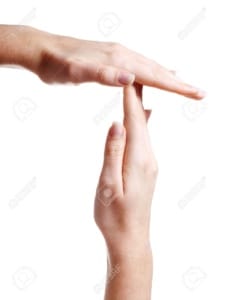How the popular country music Artist, Conway Twitty, taught me a life-long lesson about Agent resilience in the Contact Center.
What do I mean by Agent resilience?
Here’s a useful definition of resilience –
The capacity to recover quickly from difficulties, toughness.
Contact Center folks at the Frontline are always going through a lot. Constant changes in the work environment, unhappy Customers, stressed Bosses.
So while the topic of resilience is always relevant, it has a special resonance in the Customer Service industry.
The capacity for Contact Center Agents to recover from difficulties.
Here’s a lesson I learned very early in my Contact Center management career.
The lesson
 Early in my career in the 90s, I was Vice President of Call Centre & Distribution Operations for Heartland Music. Based in Los Angeles, it was the job that got me into the Contact Center & Customer Experience industry.
Early in my career in the 90s, I was Vice President of Call Centre & Distribution Operations for Heartland Music. Based in Los Angeles, it was the job that got me into the Contact Center & Customer Experience industry.
Heartland ran TV commercials and mailed out catalogues to millions of Customers across the US.
TV commercials and catalogues that featured titles like ‘All the Elvis Presley’ hits you need to own or the ‘Top 100 Love Songs’ of all time.
Customers then called into our Contact Centers to place orders which we packaged and shipped from our own warehouses. And of course we provided Customer Service as well – anything from suggestions on what titles we should stock to ‘where is my order ‘enquiries.
It was a big and growing business.
So how does Conway Twitty fit into Agent resilience (and who was he?)
Country music was a big part of our offerings. And country music fans were generally sweet, loyal and supportive.
And though it sounds a bit macabre, whenever a popular Artist that we carried passed away, there would always be a marked and sudden upsurge in sales for their work.
That’s still the same case today – though it’s reflected these days by increases in streaming figures vs. how many ‘units’ were sold.
And an Artist passing way was an event that a Workforce Manager couldn’t really plan for.
We relied on our own internal back-up plans and a strong committed Agent workforce to get through most of our unexpected surges.
 But Conway Twitty was the surge to end all surges.
But Conway Twitty was the surge to end all surges.
An American country music singer, he also recorded rock and roll, R&B and pop music. And he received several Country Music Association awards for duets with Loretta Lynn – another beloved country music star.
I don’t remember which day of the week it was, but when I entered the office, our Operations Manager made a beeline straight for me.
‘Dan, Conway Twitty died.’
That’s all Frank had to say. We’d both been around enough years to shorthand the conversation.
The volume of calls in the Center had already picked up and we knew we were only at the beginning.
Six weeks later
 I’m not exactly sure why Conway Twitty was different. But we were now six weeks into the surge and his sales were still going up.
I’m not exactly sure why Conway Twitty was different. But we were now six weeks into the surge and his sales were still going up.
Great for business but not so great for our Agents.
Occupancy was through the roof, hours got longer, and admittedly a few people started to get edgy.
And while we were dealing with normally sweet country music lovers, long wait times and out of stock situations put them on edge too. Meaning even more frustration for our Agents to deal with.
It ended up being about a 3-month period overall. Much longer than the normal two or three week ‘lift’ that we had seen before.
And here’s what I learned about Agent resilience
My Operations Manager said it to me first.
‘Dan, they’ll be ok. Do you know why? Because they know there is light at the end of the tunnel.
The light at the end of the tunnel
 If you’ve been a fair boss, you communicate honestly, and you have a management team that’s aligned to the purpose – it’s amazing what your people will give back to you.
If you’ve been a fair boss, you communicate honestly, and you have a management team that’s aligned to the purpose – it’s amazing what your people will give back to you.
And I’ve seen them give back for a year and even more (in some cases).
But the real caveat for Agent resilience is that there is light at the end of the tunnel. You must be very open & honest about what you’re doing to bring things back to ‘normal’.
Even if what normal looks like coming out doesn’t look exactly like the way it did when going in.
Thank you for reading!
Daniel







 QA walks over to our station and while we’re talking to a Customer they give us the time out sign. That’s their signal telling us to wrap the call up quickly so they can conduct our side by side coaching session.
QA walks over to our station and while we’re talking to a Customer they give us the time out sign. That’s their signal telling us to wrap the call up quickly so they can conduct our side by side coaching session.


